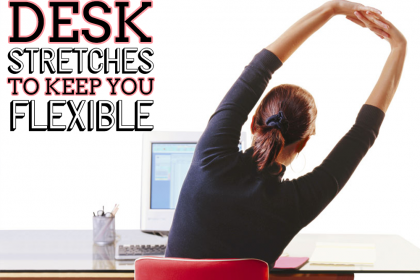
Subscribe to our newsletter
Follow us on:


Even just a few minutes at work can help turn bad habits into good ones.
Stretch Out Keeping Your Back Healthy Foods to Boost Your Mood
You brush your teeth daily because you don’t want cavities or gum disease, right? Well, what do you do on a daily basis to prevent tension in your neck? Brushing your teeth offers you preventive dental care, but what if you could learn to be preventive with the rest of your body?
We all have bad daily habits we don’t even notice until something starts to hurt. These bad habits are the root cause of many painful conditions. To help prevent pain, however, we can turn these bad habits into good habits that can be worked into our daily routine. Here is some general advice that can apply to almost every part of daily living.
Don’t Slouch. Slouching puts strain on your neck and can give you a headache. Your head weighs roughly 10 pounds-about as much as a bowling ball. Your spine is designed to balance that bowling ball when you’re in an upright posture. If you slouch, your muscles have to do more work to hold your head up, which makes your muscles tight and angry.
Sit Up Straight. Sit in a chair with your hands on your hips. Slouch. Feel how your hips roll back (if you’re wearing jeans, you’ll be sitting on your pockets). Now sit up straight by moving your pelvis forward and centering your weight over your pelvis and off your buttocks.
Sleep on Your Back or Side. Sleeping on your stomach makes you twist your neck and body in order to breathe. This twisted position is terrible for your spine, especially for prolonged periods during sleep. Check your pillow and make sure it has a thickness that will support your neck in a position neutral to the rest of your spine. Try a
memory-foam contour pillow, especially if you are a side sleeper.
Bend with a Straight Spine. Bending over with a curved back puts pressure on your disc material and strains the spine. The pressure created during incorrect bending can cause the
Stretching for 10 seconds can take pressure off your joints and help relieve pain.
1 discs to bulge and put pressure on spinal nerves. Your back was not made to lower and raise your body-that’s what your buttocks, hips, and knees are for.
Stand with your knees shoulder-width apart and pretend you are going to lift a 50-pound box off the floor. If you are bending your knees and hips and using your legs to lower and raise your body weight, you are lifting correctly. Now, use the same technique to pick your shoes up off the floor. Think about a squatting movement when you need to lean forward, too-such as while washing your face in the sink. Let your hips and knees do the work.
Take Regular Stretch Breaks. The muscles in your arms and hands get tight when you grip or pull. The muscles in your neck and shoulders get tight when you reach forward or away from your body. Give these muscles a break with a simple stretch.
It only takes 10 seconds to lengthen the tight tissue, which will take pressure off your joints and prevent chronic conditions like tendinitis and bursitis. Watch for opportunities to work in a brief stretch.